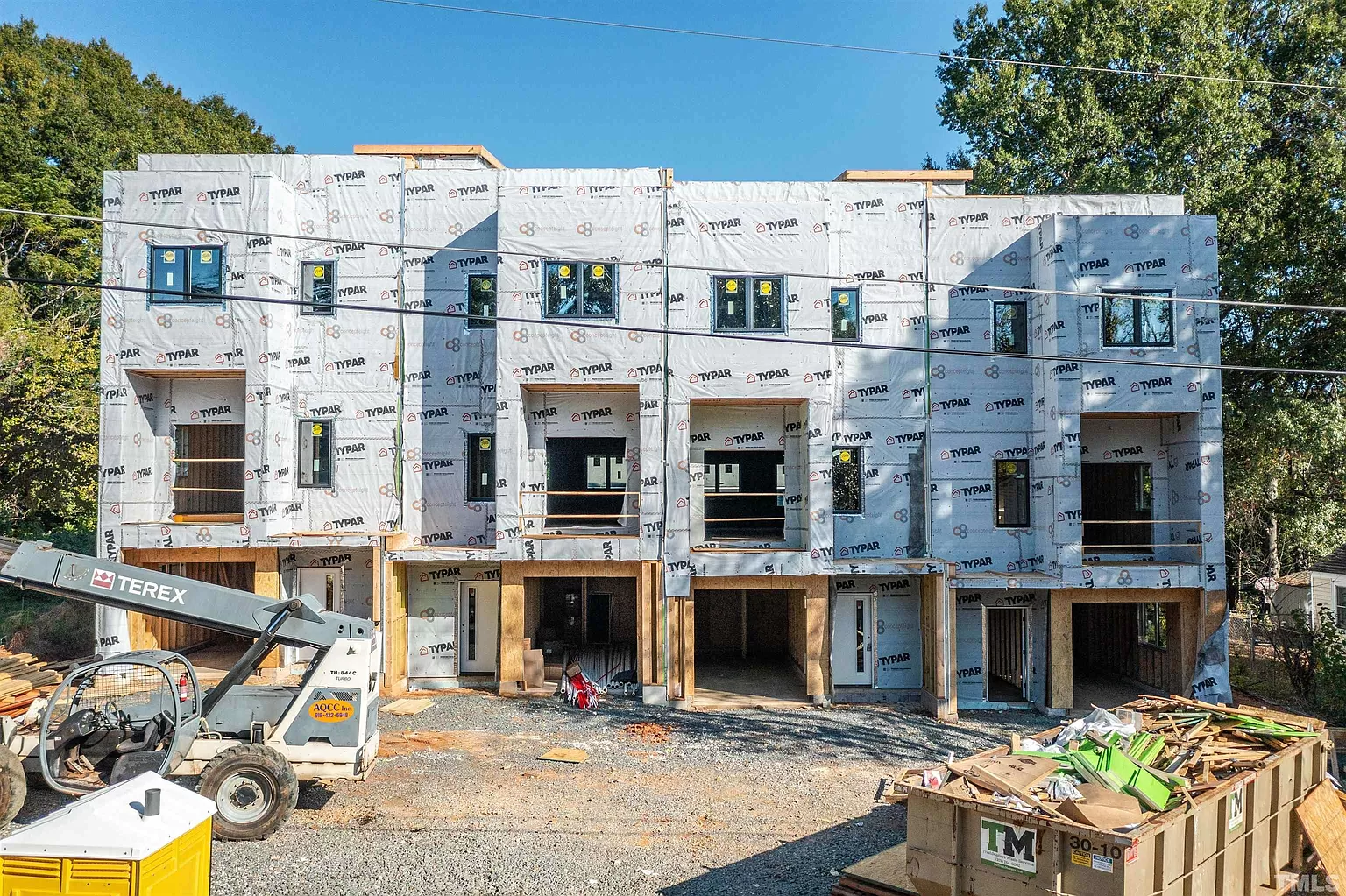Technology has influenced every aspect of our lives, and real estate is no exception. Goldman Sachs predicts the virtual reality and augmented reality market in real estate could top $2.6 billion by 2025, forever altering how we view properties.
Unsure of what to expect with augmented reality real estate marketing? Here’s a guide to the technology revolutionizing the industry.
Introducing augmented reality real estate marketing
Unlike virtual reality, AR superimposes images or text over our view of the world. It blurs the line between reality and technology, thereby creating a seamless experience for the viewer.
In real estate, AR lets potential buyers tour a property via their smartphones, regardless of their location. AR also lets real estate agents tweak the room’s design.
Visualization is key in real estate, and it has the power to make or break a sale. But the current tools real estate agents use have limitations. For example:
- Photos don’t show the property’s full aesthetic
- 3D models are interactive, but don’t offer a complete representation
- Visiting a property in-person is time-consuming (or impossible, if the potential buyer is out-of-state)
Augmented reality addresses these pain points, giving buyers an immersive experience of the property.
4 benefits of augmented reality for selling real estate
1. Enables a more favorable first impression
Augmented reality lets buyers picture the final result of new or renovated construction. When a buyer can't visualize the end product, it can take longer to close the deal.
Using AR marketing lets you adjust the property's style, furniture, and surroundings to cater to a buyer's taste. With all this available information, real estate agents have a higher chance of closing a deal.
2. Saves time and resources
Prospective buyers don't need to view a property in person when AR lets them experience it virtually. Instead of a calendar filled with open house dates, buyers can narrow the pool into a smaller group of properties best suited for them.
It saves the agent time, too. Instead of showing buyers around properties, they can spend more of their time following-up on other potential leads.
Stats show that it's common for tenants to commit to a lease for an apartment they’ve seen on an AR app that lets them take a tour, ask questions, and record presentations. So why not use this to your advantage?
3. Reaches buyers far and wide
Augmented reality is a powerful tool for buyers who live out-of-state or overseas and can’t visit the property. Virtual tours create an immersive experience for buyers and gives them essential details.
It’s also necessary for selling luxury properties, as they have a smaller pool of buyers and many of those interested are overseas.
4. Yields better return-on-investment (ROI)
Engagement becomes quantifiable as real estate agents can analyze data from augmented reality real estate marketing. The information reveals the number of people interacting with the property, times and locations, and how long they viewed the listing.
This data can help real estate agents decide whether they need to adjust their virtual reality real estate marketing, and what makes particular listings so popular so they can optimize the next one.
Are you ready to use augmented reality for real estate marketing?
In our digitally driven age, it’s no surprise that AR is changing the real estate landscape. AR is the best way to visualize a property, reach larger audiences and find out which aspects of AR appeal to buyers. Augmented reality real estate also increases foreign investments due to its availability. It's a win-win.
If you're interested in this technology, contact us for more details.




